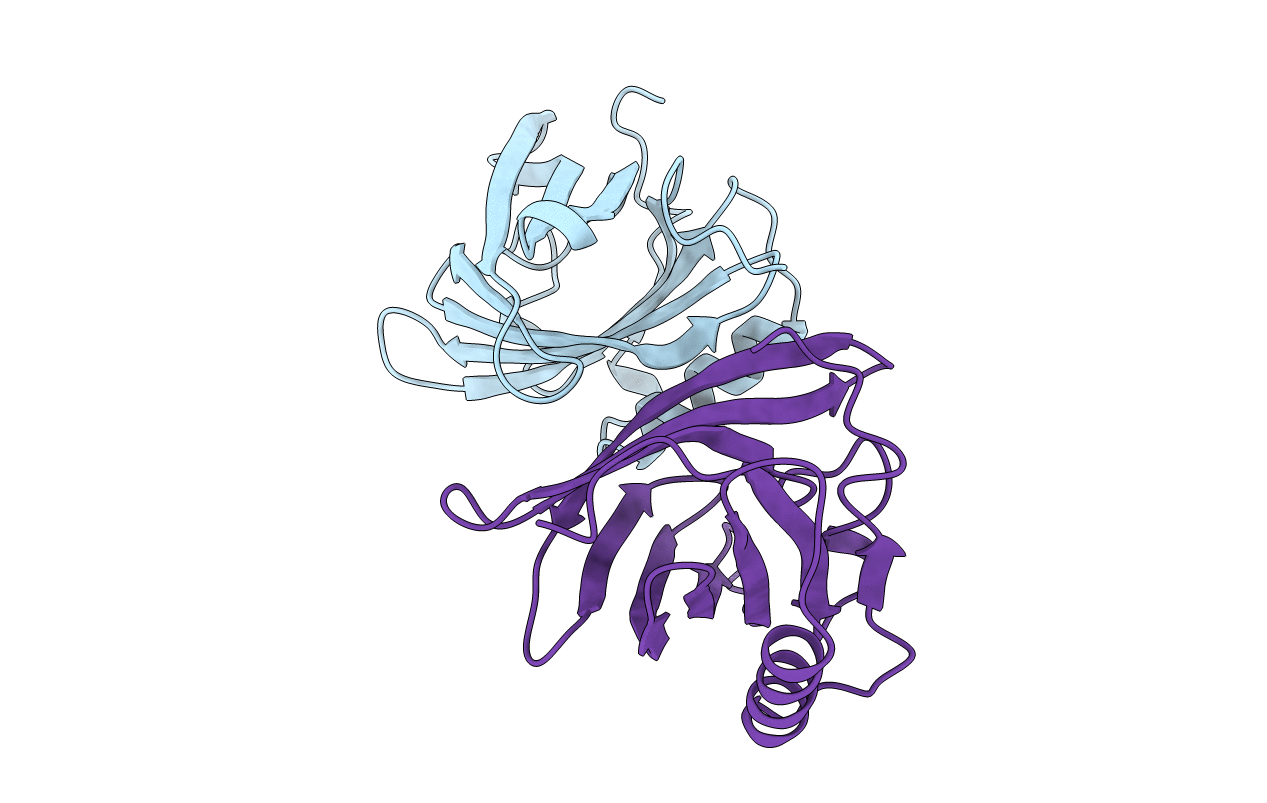
Deposition Date
1998-01-27
Release Date
1999-02-16
Last Version Date
2024-10-30
Method Details:
Experimental Method:
Resolution:
2.25 Å
R-Value Free:
0.24
R-Value Work:
0.18
R-Value Observed:
0.18
Space Group:
P 21 21 21


